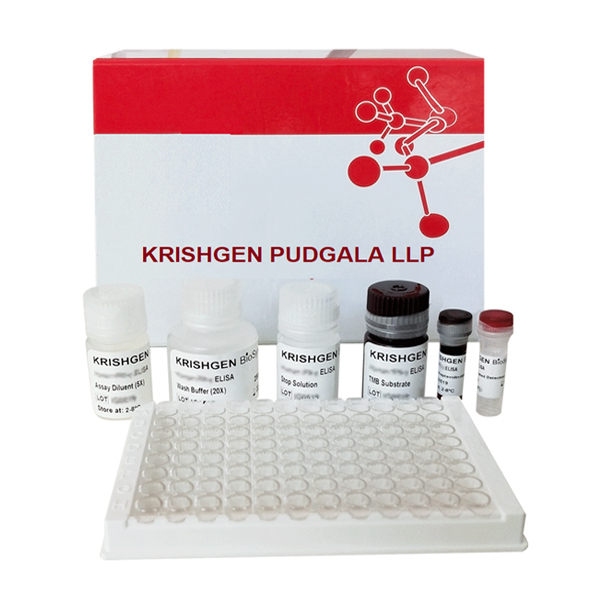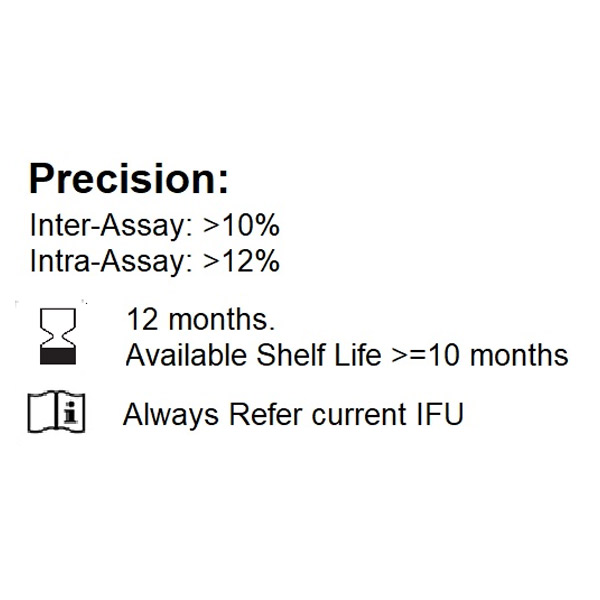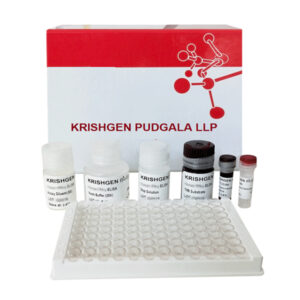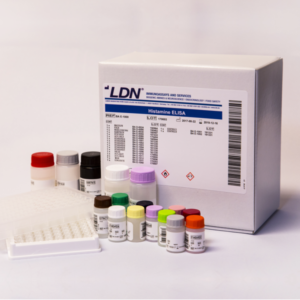Introduction: Varicella-Zoster Virus (human herpes virus 3, HHV-3) belongs to the a-subfamily of herpes viridae. The virus particles measure about 145 nm in diameter. They consist of double stranded DNA, are surrounded by an icosahedral protein capsid and an envelope which contains both host cells and viral components. The virus is usually transmitted in respiratory secretions, and a single serotype causes varicella (Chickenpox), a highly infectious childhood disease, and zoster (shingles), a neurodermic disease; both diseases are found worldwide. Varicella is the acute disease which follows primary contact with the virus, whereas zoster is the response of the partially immune host to a reactivation of the varicella virus present in the body in latent form. Varicella is endemic, most commonly affected are children between 2 and 6 years of age. The course of disease is usually mild and complicated only in immunocompromised children. Rare fatal cases show multiple necrotic lesions in brain, lung (varicella pneumonia), kidneys (hemorrhagic nephritis), spleen, bone marrow, and occasionally in the intestinal tract. The lethality of varicella is below 0.1%. In the infrequent adult infections the disease is more severe, and complications are to be expected in about 5% of all cases. Zoster is of low incidence and appears with increasing frequency and severity with advancing age. Usually the process remains localized; generalization is frequently encountered in a state of immunosuppression. Fatal cases are very rare and nearly always caused by an underlying disease.




